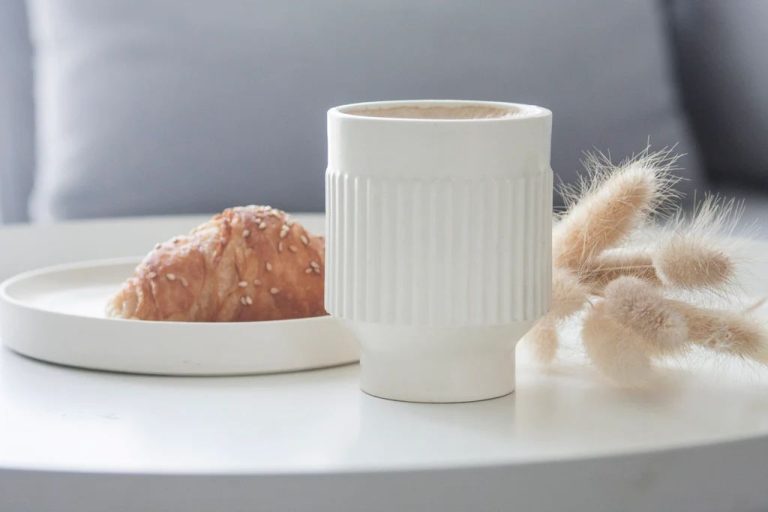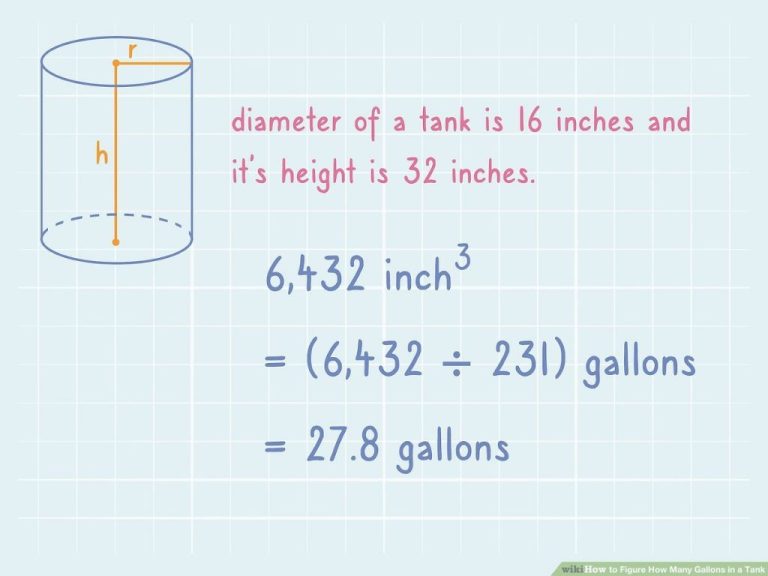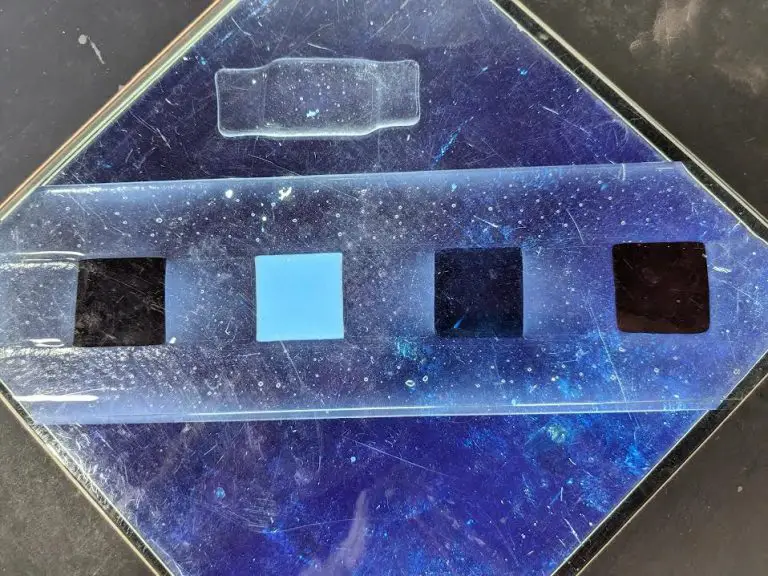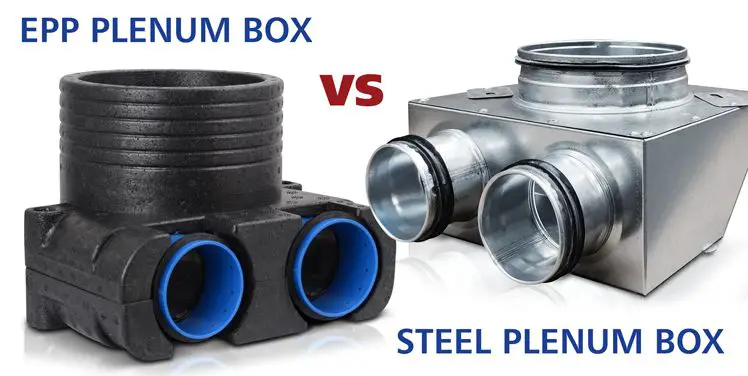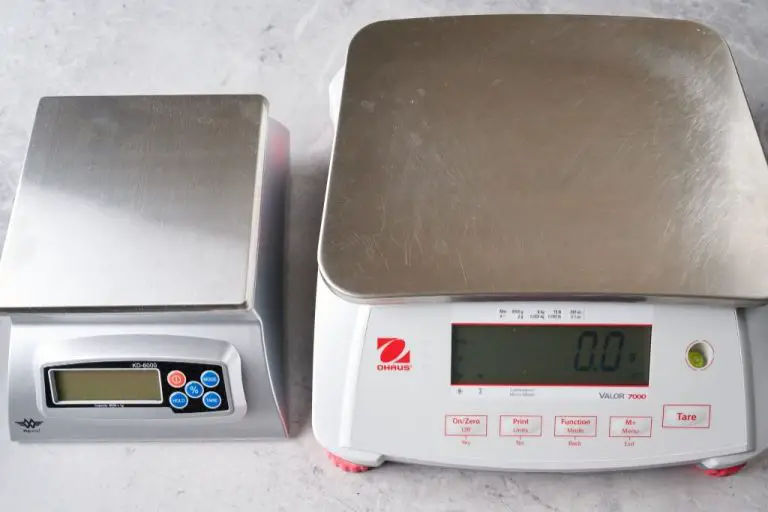What Material Is Used To Measure Cups?
Measuring cups have been around for centuries, with some of the earliest examples being simple vessels made of materials like wood, metal, or ceramic. The purpose of a measuring cup is to accurately measure out liquid and dry ingredients for recipes. While rudimentary measuring cups have existed for a long time, the measuring cups we know today were popularized in the early 20th century. Companies like Pyrex began producing glass measuring cups with etched measurement markings, making them much easier to read. These glass cups were a common fixture in kitchens by the 1950s and 60s. The development of plastic in the mid 1900s led to plastic measuring cups, which were more affordable and shatter-resistant. Today we have a huge variety of measuring cups made from glass, plastic, metal and other modern materials. They come in numerous sizes and shapes to accommodate all kinds of recipes and baking needs.
Common Materials
Measuring cups come in a variety of materials like glass, plastic, and metal. Each material has its own advantages and disadvantages.
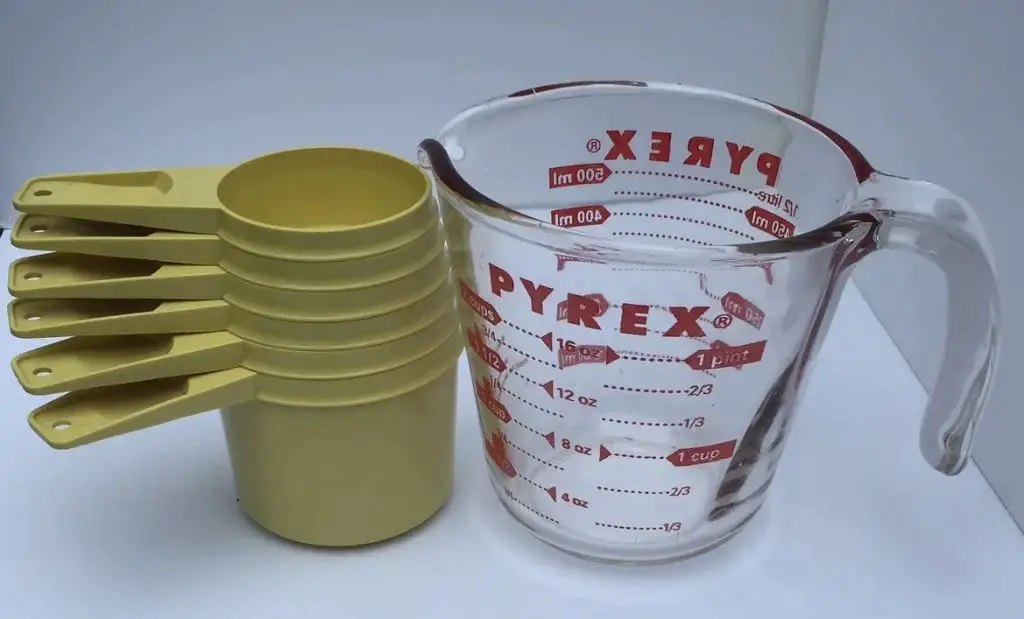
Glass measuring cups are clear so you can easily see the measurements and ingredients inside. They tend to be more durable and heat-resistant than plastic. However, they are breakable if dropped. Pyrex is a popular brand of glass measuring cups often used in kitchens (https://en.wikipedia.org/wiki/Measuring_cup).
Plastic measuring cups are affordable, lightweight, and come in a variety of colors. However, they can warp, melt, or retain stains at high temperatures. Popular brands like OXO Good Grips make sturdy plastic measuring cups (https://www.edibleschoolyardnyc.org/resources/kitchen-101-know-your-tools/).
Metal measuring cups like stainless steel are very durable and won’t break if dropped. They are also oven-safe to high temperatures. However, the material is opaque so you can’t see inside. Metal measures may retain odors and require more cleaning.
Glass
Glass is a popular material for measuring cups due to its numerous advantages. Glass is nonporous and does not absorb any colors, flavors or odors from foods (“Measuring Cups: Plastic vs. Metal vs. Glass”). This makes glass measuring cups very easy to clean and sanitize in the dishwasher. Glass cups are also heat resistant, allowing them to be used with hot liquids. The main downside of glass is that it can break if dropped. However, glass measuring cups are often made with tempered or borosilicate glass, making them more durable. Glass offers superior longevity over plastic or metal measuring cups.
Plastic
Plastic measuring cups are one of the most common types due to their low cost and lightweight design. Many plastic measuring cups are translucent, allowing you to easily see the liquid level while measuring. According to this source, plastic measuring cups have the advantage of being lightweight and easy to handle. The lightweight plastic makes them easy to lift and pour, even when completely full. The low cost also makes plastic measuring cups very accessible to most home cooks.
However, plastic can be prone to stains, odors, and scratches over time with regular use in the kitchen. Plastic is also not recommended for very hot liquids as it can warp under high heat. Overall, plastic provides an affordable and functional option for basic kitchen measuring needs.
Metal
Metal measuring cups, often made of stainless steel or aluminum, are known for their durability and heat resistance. Stainless steel cups in particular stand up well to frequent use without denting, warping, or showing other signs of wear and tear. According to Measuring Cups: Plastic vs. Metal vs. Glass, the heft of metal cups provides a balanced feel that many cooks appreciate.
Thanks to their sturdy construction, metal measuring cups can withstand very high temperatures. Stainless steel cups are safe to use in the oven, on the stovetop, or over an open flame. This makes them ideal for tasks like melting butter or chocolate. They won’t melt or warp under heat like plastic cups might. Their heat resistance also makes metal cups easy to clean in the dishwasher without fear of damage.
Silicone
Silicone is a popular material for measuring cups due to its flexibility, heat resistance, and nonstick properties. According to The Best Measuring Cups | Reviews by Wirecutter, silicone is the most durable material for measuring cups since it is heat-resistant and won’t shatter. The flexibility of silicone allows measuring cups to be easily bent, folded, and squeezed into tight spaces, making storage and use convenient, as noted in Isi Flex-It Measuring Cup Set, reviewed. Silicone’s nonstick surface also prevents ingredients like honey or peanut butter from sticking to the cups.
The main downside of silicone cited by experts is that it can pick up stains and odors more easily than other materials. However, many cooks find the advantages of silicone’s flexibility, durability, and heat resistance outweigh this drawback.
Ceramic
Ceramic measuring cups are a less common but decorative option made from ceramic clay that is shaped and fired in a kiln. Ceramic cups have a smooth, glazed finish and come in a variety of colors and patterns. Many feature vintage-inspired or hand-painted designs. While less durable than other materials, ceramic measuring cups have an artisanal, handmade appeal. Sets of ceramic measuring cups can make a stylish and eye-catching addition to any kitchen. However, they may chip more easily if dropped and can break under extreme temperature changes. Ceramic cups should be hand washed and dried to maintain their appearance. They are best for occasional use rather than heavy everyday use. Sources cite ceramic cups as beautiful but impractical for some:
Ceramic Measuring Cups: Home & Kitchen
Wood
Wooden measuring cups and spoons have a rustic, handcrafted look that adds warmth to any kitchen. Brands like BergHOFF, KitchenArt, and Column offer beautiful sets made from sturdy maple or beech wood.1 While very attractive, wood has some downsides for cups. Being porous and absorbent, wooden cups will soak up liquid ingredients like oil or milk. This makes them not ideal for accurately measuring wet or greasy ingredients.2 Wood can warp or crack over time, leading to inaccurate measurements. Proper care like handwashing and drying is required. For these reasons, wood is better for dry ingredients like flour or sugar. The rustic farmhouse look makes wood cups complimentary for a cottage decor kitchen.
Novelty Materials
In addition to more common materials like stainless steel and plastic, some measuring cups are made from unique decorative materials to add flair to your kitchen. These novelty materials include:
Marble – Intricately designed marble measuring cups have an elegant, natural stone look that makes a stylish statement. Marble is durable, stain-resistant, and stays cool to the touch.
Copper – Hand-hammered copper measuring cups provide a rustic, vintage appearance. Copper is an excellent heat conductor. However, copper requires special care to prevent tarnishing.
Ceramic – Glazed ceramic measuring cups come in lively colors and patterns. Ceramic is non-porous so it won’t absorb stains or odors. However, it can chip if dropped.
Glass – Clear glass measuring cups allow you to see measurements and ingredients inside. Borosilicate glass is shatter-resistant. Glass cups should be handled with care to prevent breaking.
Wood – Natural wood grain measuring cups offer an organic look. Wood is eco-friendly but can warp if exposed to moisture. Hand wash wood cups to maintain their condition.
How to Choose
When selecting measuring cups, there are a few key factors to consider:
Durability – Look for cups made from sturdy materials like stainless steel, glass, or thick plastic that will withstand regular kitchen use without warping, cracking, or leaking. Avoid thin, flimsy plastic. High-quality cups should have clear measurement markings that will not fade or wear off over time.
Accuracy – The best measuring cups have clear, legible markings printed or etched right onto the cup surface. Opt for cups with measurement markings all the way up the interior sides, not just along the rim. This allows you to see measurements properly when filling the cup to varying levels. Cups should pour smoothly without gaps or ridges that can trap ingredients and throw off measurements.
Purpose – Consider if you need cups for liquid ingredients like oils or milk, or dry ingredients like flour or sugar. Some multi-piece sets include both liquid and dry measuring cups. Look for features like non-slip bottoms, spouts for easy pouring, and round vs. angled measuring cups based on your typical recipes and ingredients.
Take the time to select high-quality measuring cups that will provide accurate results for all your baking and cooking needs.

